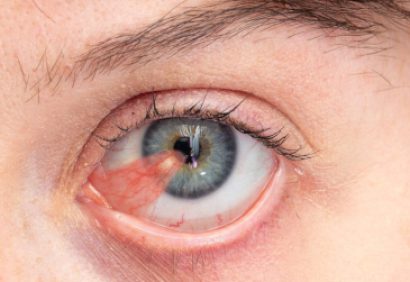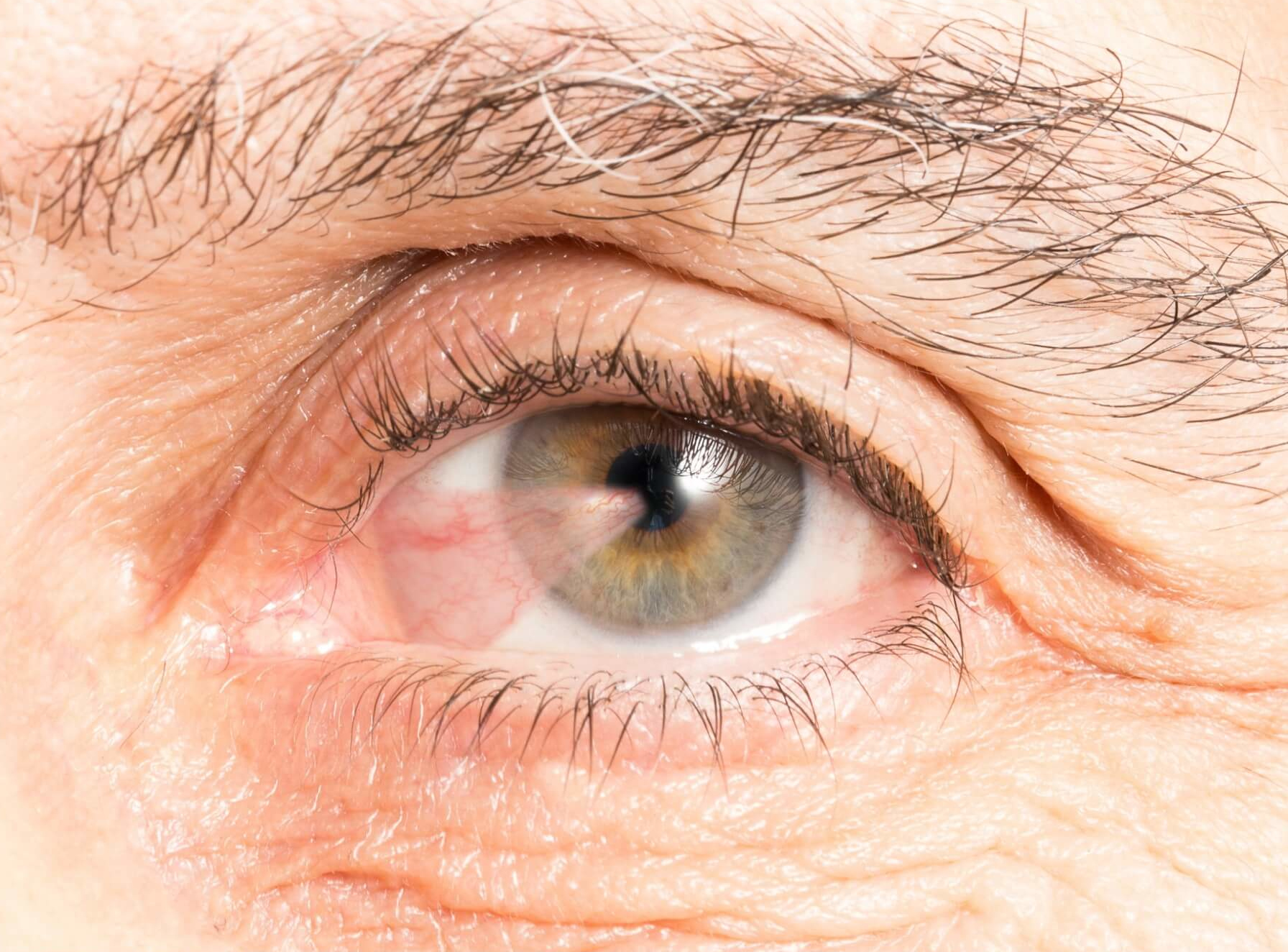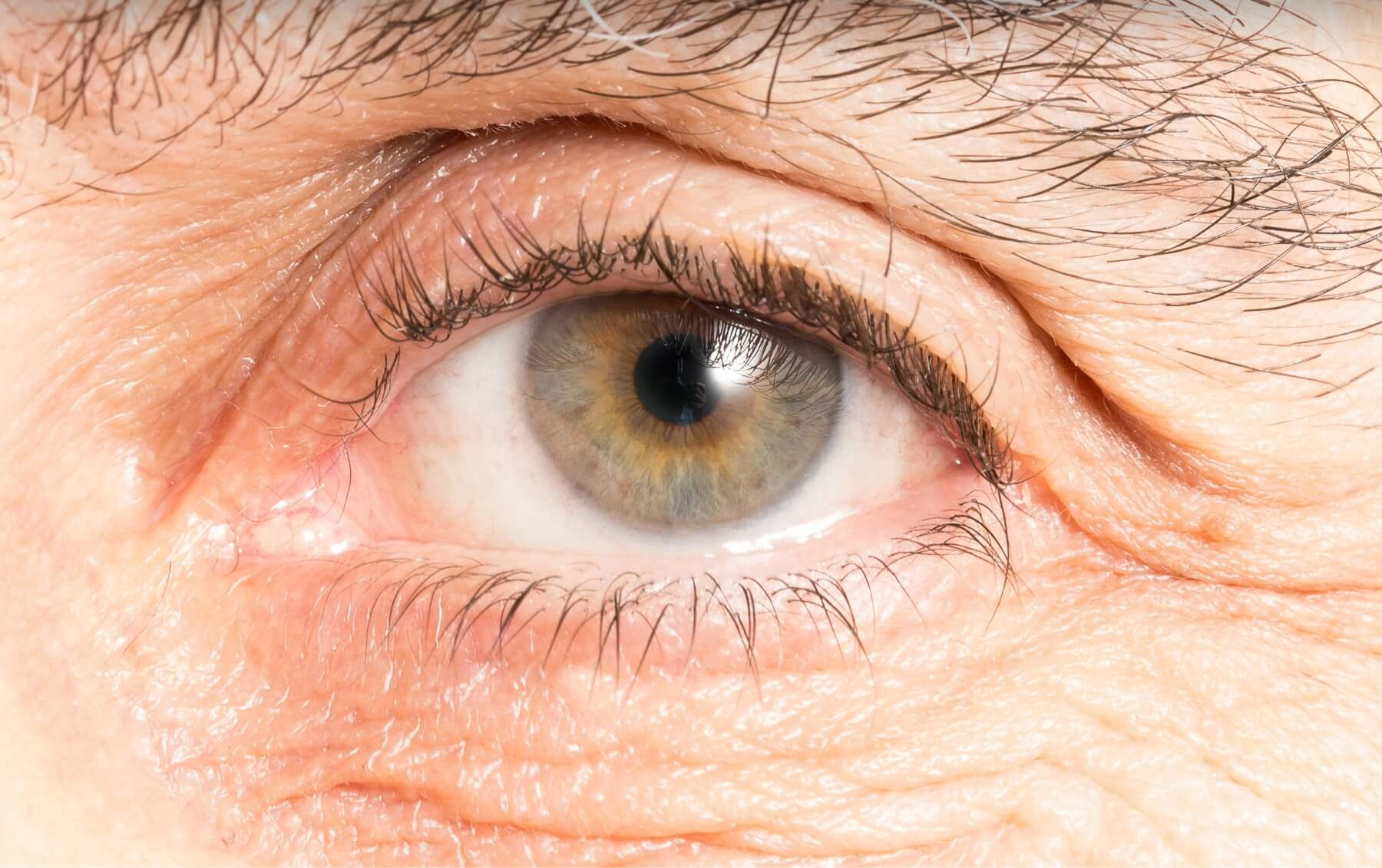Jump To:
Fast Facts
- Operation Duration: 30-60 Minuets
- Hospital Stay: NO
- Approximate Length Of Stay: 1 Week
- Improve Vision: 1-2 Weeks

Pterygium Surgery
“Pterygium Surgery” is a procedure to remove a pterygium, a benign growth of the conjunctiva that extends onto the cornea.
This growth can cause irritation, redness, and in advanced cases, vision problems. The primary goals of the surgery are to alleviate symptoms, improve cosmetic appearance, and prevent the pterygium from affecting vision.
Reasons for Pterygium Surgery
- Irritation and Discomfort: Chronic redness, itching, and irritation.
- Visual Disturbance: If the pterygium grows over the cornea and distorts vision.
- Cosmetic Concerns: Noticeable growth affecting the appearance of the eye.
- Restriction of Eye Movement: In severe cases, the growth can limit eye movement.
Procedure steps
Pre-Surgery Preparation
- Consultation and Examination:
- Comprehensive eye examination by an ophthalmologist to assess the size, location, and impact of the pterygium.
- Discussion about surgical options, risks, benefits, and postoperative expectations.
- Pre-Operative Instructions:
- Avoidance of blood-thinning medications like aspirin and ibuprofen as directed by the doctor.
- Instructions on fasting if necessary for anesthesia.
Surgical Procedure
Anesthesia
- Local Anesthesia: Eye drops or an injection to numb the eye, ensuring minimal discomfort during the procedure.
Surgical Steps
- Removal of Pterygium:
- The surgeon carefully excises the pterygium from the cornea and sclera.
- Conjunctival Autograft:
- To prevent recurrence, a graft of healthy conjunctiva is taken from under the upper eyelid or another part of the conjunctiva and placed over the area where the pterygium was removed.
- The graft is secured with sutures or tissue adhesive.
Post-Surgery Care
- Immediate Aftercare:
- Use of prescribed antibiotic and anti-inflammatory eye drops to prevent infection and reduce inflammation.
- Wearing an eye patch or shield to protect the eye.
- Activity Restrictions:
- Avoiding strenuous activities, swimming, and environments with dust or smoke.
- Avoiding rubbing the eyes.
- Follow-Up Appointments:
- Regular check-ups to monitor healing and ensure the pterygium does not recur.
- Removal of sutures if non-dissolvable sutures were used.
Potential Risks and Complications
- Infection: Risk minimized with proper postoperative care.
- Recurrence: Pterygium can recur, though the risk is reduced with the use of conjunctival autografts.
- Inflammation and Swelling: Common post-surgery, managed with medication.
- Dryness or Discomfort: Temporary dryness or foreign body sensation.
Benefits of Pterygium Surgery
- Symptom Relief: Reduction in irritation, redness, and discomfort.
- Improved Vision: Prevention of visual disturbances caused by the pterygium.
- Enhanced Appearance: Cosmetic improvement of the eye.
- Prevention of Complications: Reduced risk of further complications related to pterygium growth.
Conclusion
“Pterygium Surgery” is an effective treatment for removing a pterygium and preventing its recurrence. The procedure involves excising the growth and using a conjunctival autograft to promote healing and reduce the risk of recurrence.SHIFA helps you with proper preoperative preparation, adherence to postoperative care instructions, and regular follow-up with the ophthalmologist which are crucial for a successful outcome. This surgery can significantly improve both the function and appearance of the eye, enhancing the patient’s quality of life.
Compare Before and After Images


Pterygium Surgery
Frequently Asked
Questions
Does Pterygium Surgery last forever?
The primary risk is recurrence (return of the pterygium after surgery). If this happens, you may need another surgery. Fortunately, with new and improved surgical techniques, rates of pterygium recurrence are declining. Current research suggests the rate of recurrence is somewhere between 2% and 15%.
How painful is Pterygium Surgery?
Your eye will feel scratchy as if something were in it for a few days but will not be painful. You will have antibiotic and anti-inflammatory drops to use for some weeks which can also be combined with lubricant or wetting drops for additional.
Why choose SHIFA for Eye Surgery?
SHIFA Eye Center is equipped with cutting-edge medical technologies that are on par with developed countries. The cleanliness and staff professionalism of Iranian clinics and hospitals are also exceptional. Iran offers the most affordable eye treatments in comparison with other countries.
SHIFA's Departments
Related Services
Featured Services

Rhinoplasty
“Rhinoplasty”, commonly known as a “Nose Job,” is a surgical procedure to alter the shape or function of the nose.<br

Endoscopic Eyebrow And Temple Lift Operation
An “Endoscopic Eyebrow and Temple Lift”, also known as an “Endoscopic Brow Lift”, is a minimally invasive surgical procedure designed

Facial Botox Injections
“Facial Botox injections” are a popular non-surgical cosmetic procedure used to reduce the appearance of facial wrinkles and fine lines.

PRP Facial Fejuvenation
“PRP (Platelet-Rich Plasma) Facial Rejuvenation”, also known as the “vampire facial,” is a cosmetic procedure that uses the patient’s own
Our Blog Articles
- mehdi.mhj@gmail.com
Benefits of Consulting With an Online Doctor
Uncover strategies to achieve a harmonious balance between professional and personal well-being....
Read More- mehdi.mhj@gmail.com
What are the benefits of online doctor booking
Explore importance of quality sleep & learn tips to improve your sleep, ensuring raise-up refreshed...
Read More- mehdi.mhj@gmail.com
5 Great reasons to use an online doctor to choose
Delve into the impact of digital life on mental health & discover practical strategies to...
Read More- mehdi.mhj@gmail.com
Doccure – Making your clinic painless visit?
Explore the benefits & challenges of virtual healthcare appointments, along with tips for making good...
Read More





Comments are closed.